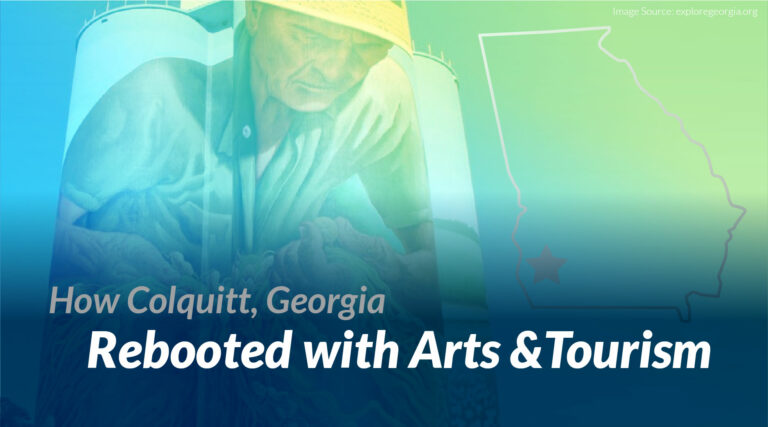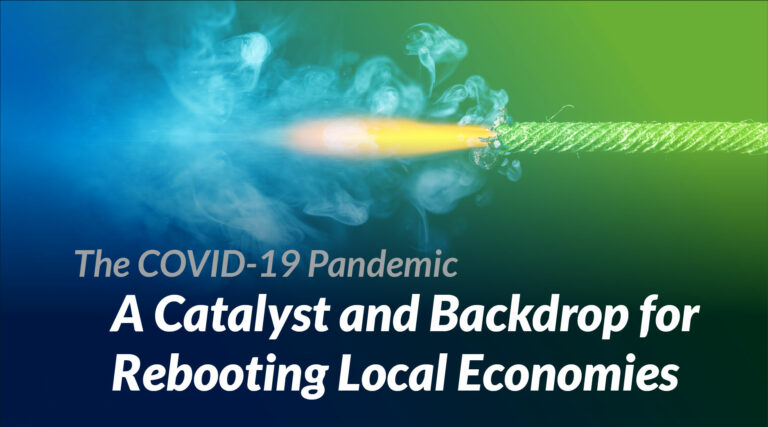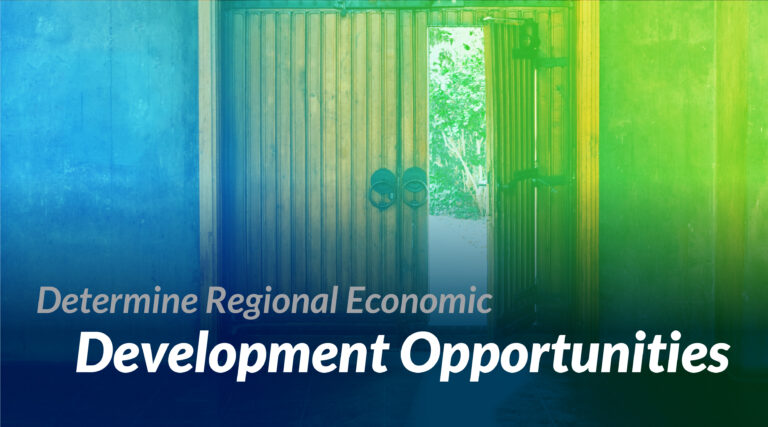In a nutshell, the book is about developing a game plan to achieve community prosperity. Perhaps the most important “sound bite” or takeaway from the book is that any community can develop a game plan, but success requires dedication, hard work and patience. In the introduction we asked, a bit flippantly, if a secret sauce and fairy dust led some communities to attain prosperity while others languished. We have found no evidence of fairy dust (although we’re still looking!) but we have found the secret sauce. Unfortunately, it does not come in a squeeze packet for instant gratification. The ingredients in the secret sauce are the community and economic development processes and actions discussed in the book including community assessment, visioning, strategic planning and marketing.
These processes and their outcomes, however, are not easy to achieve. Some communities are able to accomplish them successfully while others are not. If you give the building materials and plans for a backyard playhouse to a few college freshmen home for the summer and also to a professional building crew, which group do you think would build the better playhouse? The building crew’s experience and ability to work together – an intangible but nonetheless powerful asset – would surely produce a better outcome.
In community and economic development context, the building crew’s asset would be a component of social capital (or with a slightly different definition, social capacity). Chapter 3 defines social capital as “the extent to which members of a community can work together effectively to develop and sustain strong relationships; solve problems and make group decisions; and collaborate effectively to plan, set goals and get things done.” A lot of research has gone into trying to identify community characteristics that foster social capital. Here we offer two approaches to assessing (and ultimately measuring) a community’s social capital and community building capacity. The first one comes from Paul Mattessich found in Chapter 4 of Introduction to Community Development by Phillips and Pittman. Mattessich reviewed numerous studies of the characteristics of successful communities and developed a list he calls “Factors That Influence the Success of Community Building” shown in the worksheet below. He divides the factors into three classifications: characteristics of the community, characteristics of the community building process and characteristics of the community-building organizers. Note that while a few items on the list are, as Chapter 3 describes, “hardware” factors such as geographic size, most items on the list are “software” factors. Use the worksheet below to assess how well your community measures up to Mattessich’s success factors.
The second approach to measuring social capital and community building capacity comes from the National Civic League’s Civic Index, as described in Chapter 8 of Introduction to Community Development by Michael McGrath. The Civic Index includes a checklist of factors that help build social capital and contribute to successful community building. An example of a worksheet is given below. It is divided into seven categories such as “community leadership” and “partnerships and collaboration.” Factors can be added or deleted to customize the list for a particular community. As McGrath points out, the Civic Index can be a valuable part of a community visioning and strategic planning project.
1 Paul Mattiessich, Social Capital and Community Building, pp. 57-73. In R. Phillips and R. Pittman, 2015, Introduction to Community Development, 2nd Edition. London: Routledge.
2 Ibid.
3Michael McGrath, Community Visioning and Strategic Planning, pp. 125-153. In R. Phillips and R. Pittman, op. cit.
![2021 Prosperous Places Logo [TM]](https://www.prosperousplaces.org/wp-content/uploads/2021/02/20210205_JI_PPTM-Logo.png)






